San Gabriel Mountains Designated A National Monument
President Obama grants federal protection to half of the California mountain range
For the 13th time since taking office, President Obama will use his executive powers to establish or expand a national monument, providing half of the San Gabriel Mountains in California with this designation. The move will place 350,000 acres of the 655,000-acre mountain range under federal protection, safeguarding habitat for endangered species such as the spotted owl and Nelson's bighorn sheep.
The San Gabriels stretch from Santa Clarita to San Bernardino and are within 90 minutes of 17 million people, providing Los Angeles county with 70 percent of its open space. The mountains' popularity and natural beauty have become a danger, however, as more than 3 million people visit them each year, placing stress on the environment. The San Gabriel River, the headwaters of which are located within the mountain range, often violate regional water standards due to the amount of trash thrown in by visitors (large volumes of garbage, plastic bags and diapers are often found in the river's waters).
Habitat degradation also threatens a number of endangered species who live in the mountains. The California condor, the largest land bird in North America, has been known to make its home in the San Gabriels, but hunting and habitat loss have threatened their numbers in the wild. In 1982, there were fewer than 25 California condors left. Today their numbers are increasing (more than 160 California condors can now be found in the wild), and authorities hope that preserving their habitat within the national monument will help ensure their survival.
In response to opposition from private landowners, only half of the mountains will be designated a national monument. Specific plans for the monument remain unclear, but the designation will allow the chronically-underfunded Forest Service to bolster its efforts at ensuring visitor safety and installing improvements such as new parking lots and educational kiosks.
/https://tf-cmsv2-smithsonianmag-media.s3.amazonaws.com/accounts/headshot/natasha-geiling-240.jpg)
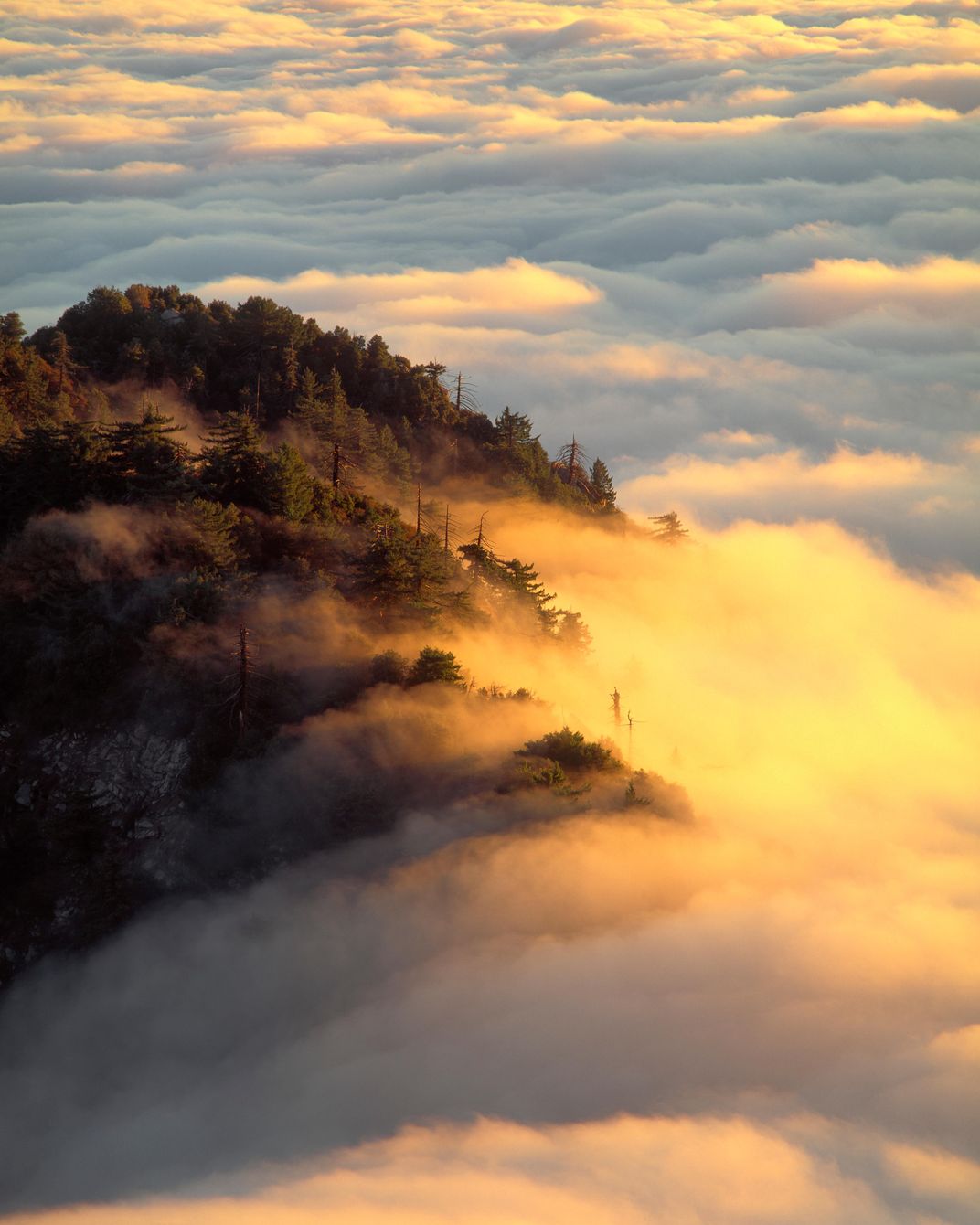
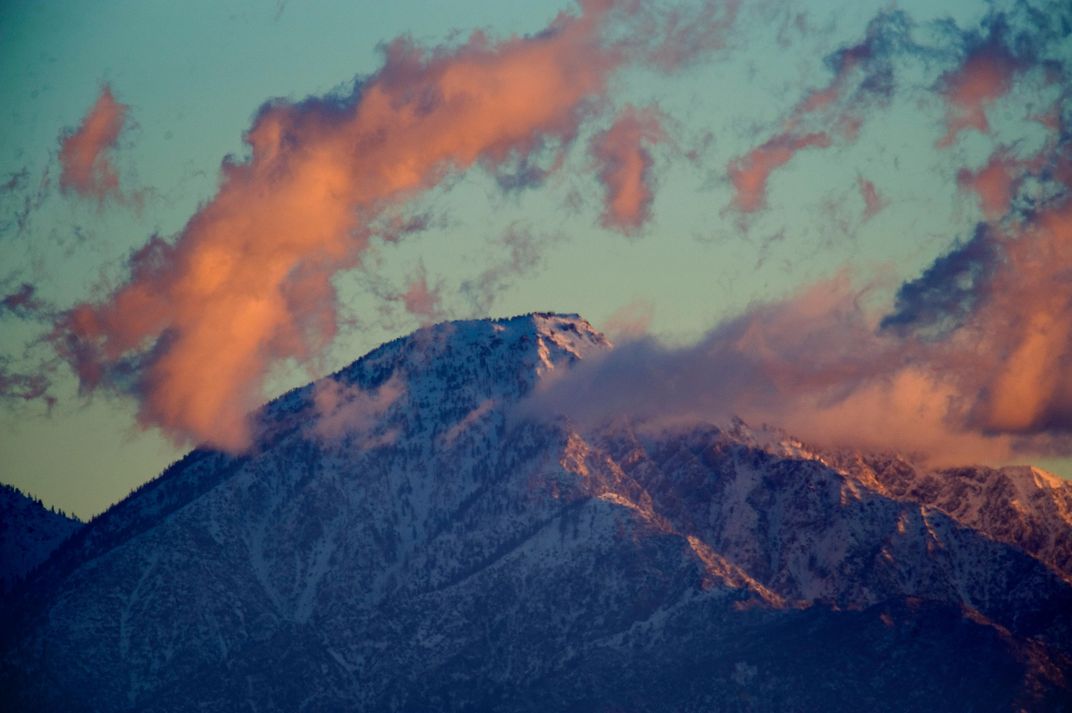
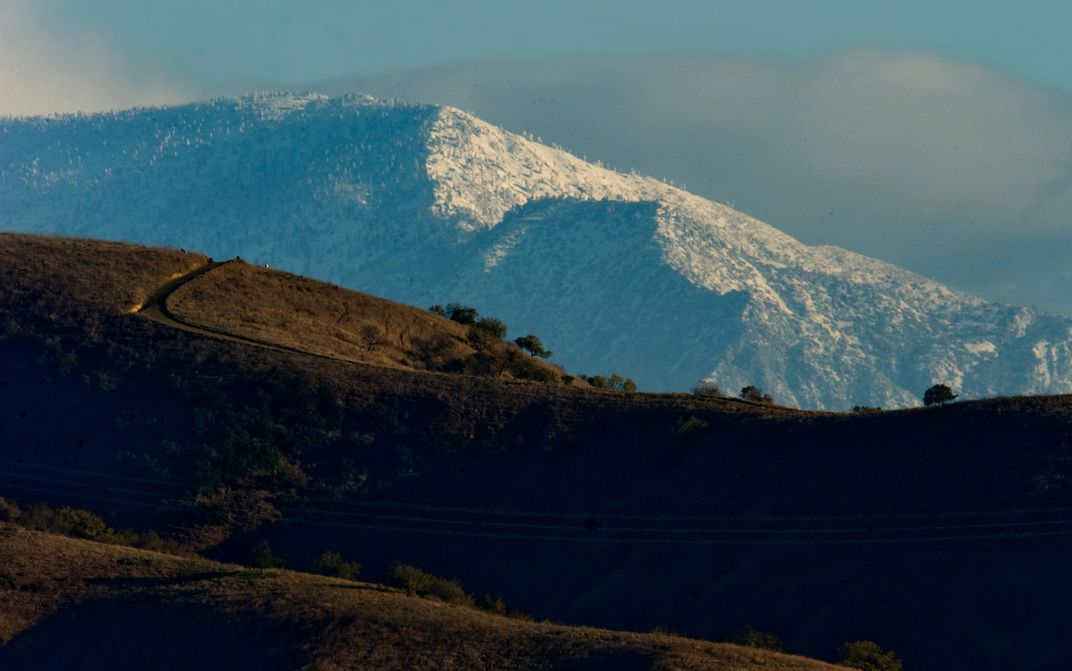
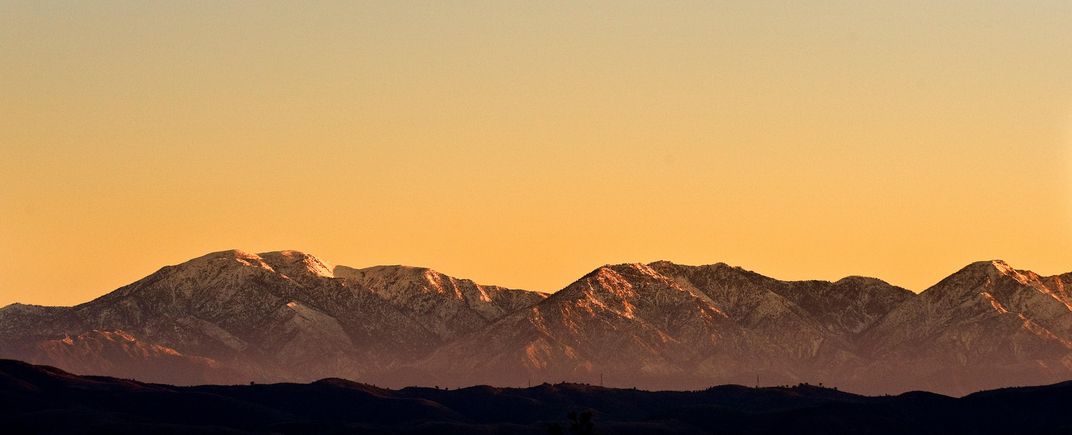
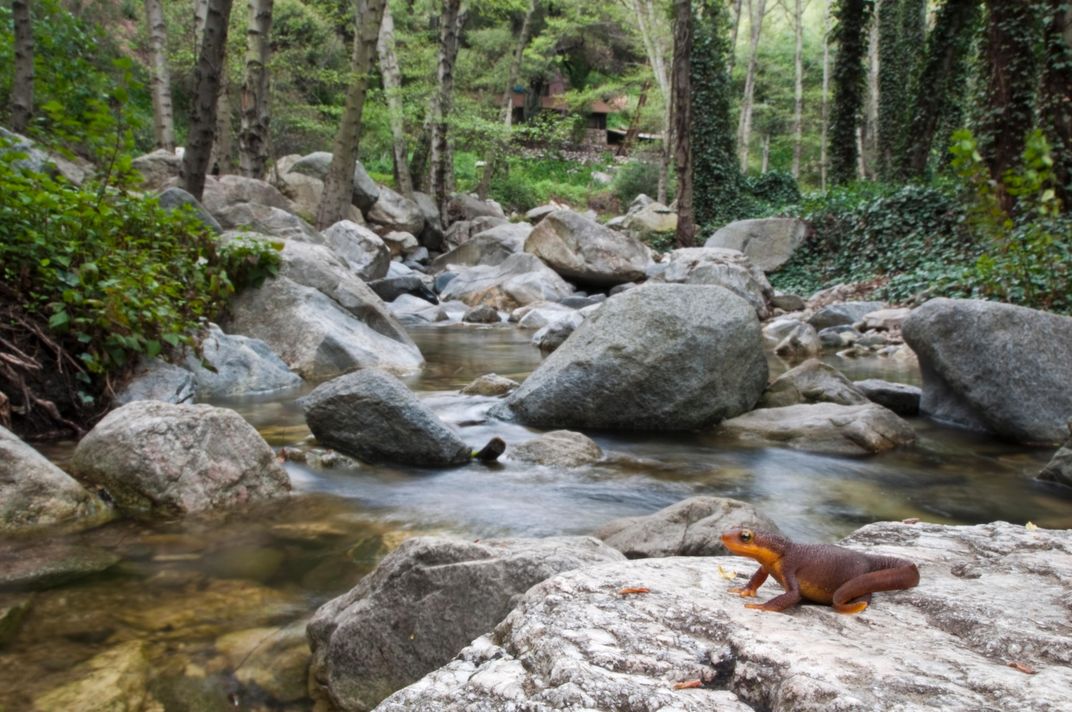
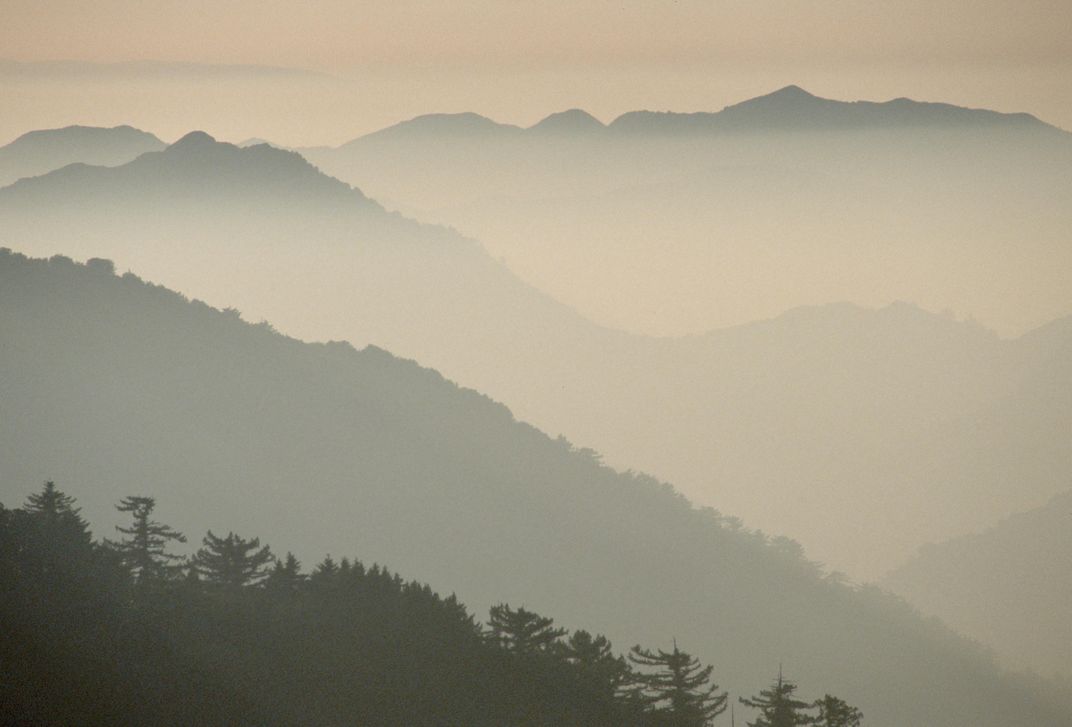
/https://tf-cmsv2-smithsonianmag-media.s3.amazonaws.com/accounts/headshot/natasha-geiling-240.jpg)